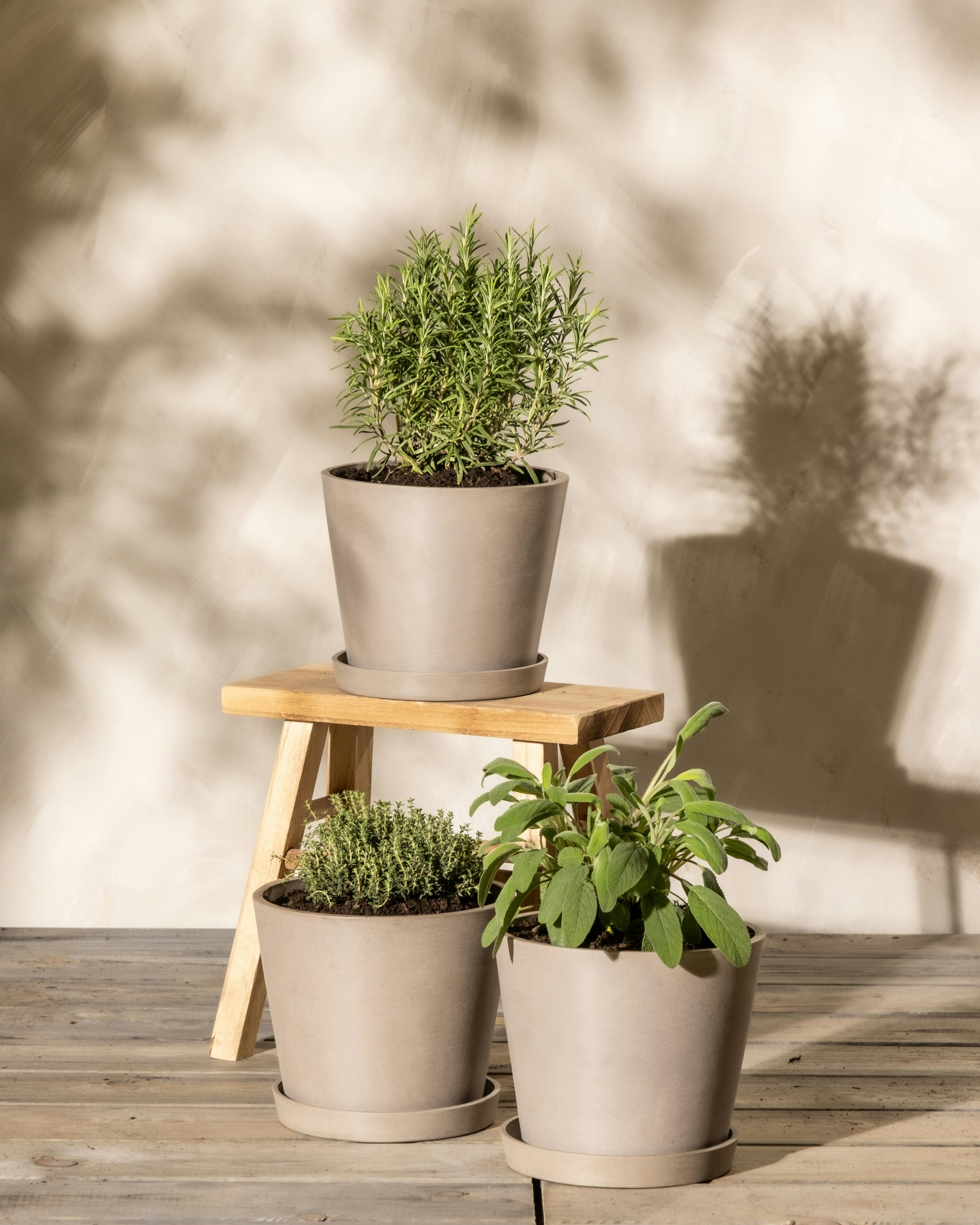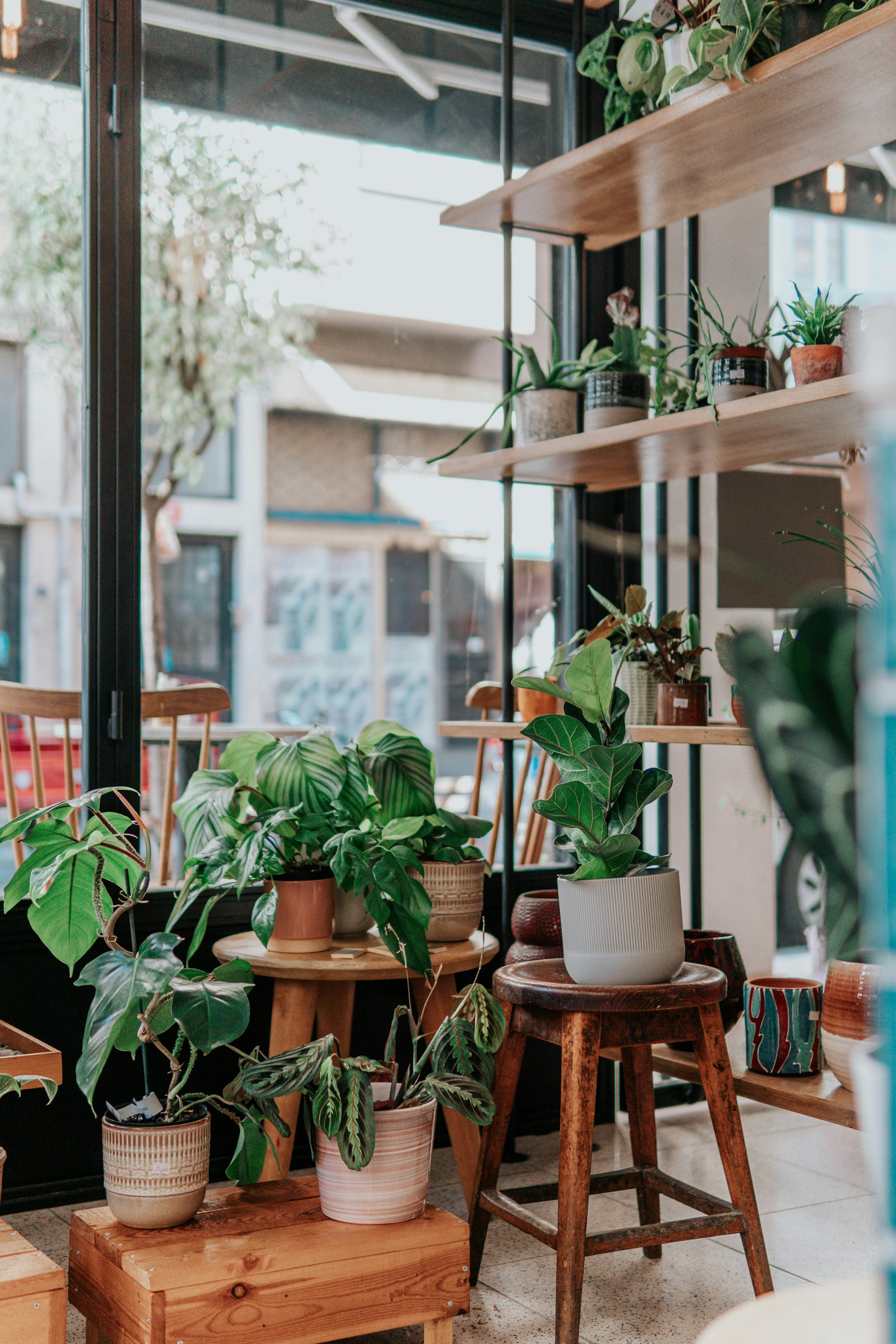Top Tips for Selecting Plants That Will Flourish in Your Garden
Discover top tips for selecting plants that will flourish in your garden, ensuring the right choices for your climate, soil type, and maintenance preferences.
1. Understand Your Garden’s Climate
The first step in choosing the right plants is understanding the climate in which you live. Plants are adapted to specific temperatures, humidity levels, and weather patterns, so it's crucial to match your plants to your region's growing conditions. Look into your hardiness zone, a system developed by the USDA to help gardeners determine which plants can survive the winter in a given area. Different zones support different plant varieties, and selecting plants that thrive in your zone will give them the best chance for success. If you live in a region with harsh winters, consider plants that are cold-tolerant, such as evergreens or ornamental grasses.
2. Choose Plants with Your Garden’s Design in Mind
Your garden should reflect your personal style and vision, and the plants you choose will play a major role in shaping the overall aesthetic. Consider the size, color, and texture of the plants you’re selecting to ensure they complement your garden design. For example, taller plants can be used as a backdrop or to create privacy, while smaller plants can fill in gaps or add bursts of color along pathways. Incorporating a variety of plants with different blooming times will ensure that your garden looks beautiful year-round. You can also use plants to create focal points or frame certain areas of your outdoor space. For example, hydrangea plants are a popular choice for adding both color and volume to garden beds, as their large, vibrant blooms can create stunning focal points. Pairing these with other seasonal flowers or evergreens will add texture and variety to your garden throughout the year.
3. Assess Your Soil Type
Not all soil is created equal, and understanding your soil type is key to selecting plants that will thrive. The three main types of soil are clay, sandy, and loamy. Clay soil tends to retain moisture, making it ideal for plants that enjoy wet conditions but less suited for those that prefer well-drained soil. Sandy soil, on the other hand, drains quickly and is ideal for drought-resistant plants but may require more frequent watering. Loamy soil, often considered the best for most plants, holds moisture well but drains sufficiently, offering a good balance for a wide range of plants. To determine your soil type, you can conduct a simple soil test. Take a sample from different areas of your garden and observe its texture and consistency.
4. Consider Sunlight Exposure
Sunlight is a critical factor in plant growth, and the amount of light your garden receives will directly influence which plants will thrive. Some plants require full sun, which typically means at least six hours of direct sunlight each day. Others may prefer partial shade, where they receive some direct sun but are sheltered from intense afternoon heat. There are also shade-loving plants that flourish in areas with little to no direct sunlight. Before purchasing plants, observe your garden throughout the day to determine how much sunlight different areas receive. This will help you choose plants that are suited to each specific spot.
5. Prioritize Low-Maintenance Plants
For busy gardeners or those new to gardening, selecting low-maintenance plants can be a game changer. These plants typically require minimal care, are more resistant to pests, and don’t need frequent watering or pruning. Perennials, for example, return year after year with little effort. Once established, they can save you time and energy compared to annuals, which need to be replanted each season. When choosing low-maintenance plants, consider native species that are already adapted to your region’s climate and soil conditions. Native plants often require less water and are more resilient to local pests. Plants like ornamental grasses, sedums, and daylilies are great low-maintenance options that still provide beauty and color to your garden.
6. Plan for Long-Term Growth
One of the most common mistakes new gardeners make is not planning for long-term growth. While young plants may seem small and manageable when first planted, many will grow significantly larger over time. It’s essential to account for their mature size when spacing them out in your garden. Planting too closely can lead to overcrowding, which stunts growth and increases the risk of disease. Before planting, check the label or research the plant's expected mature size. This will help you give each plant the space it needs to grow to its full potential. Keep in mind that plants with spreading roots or fast growth rates may require extra room.
Selecting the right plants for your garden requires careful thought and planning, but it is well worth the effort. By considering your climate, soil type, sunlight exposure, and garden design, and by choosing low-maintenance, long-term plants, you’ll create a thriving outdoor space that brings joy throughout the seasons. With these tips, your garden will flourish, rewarding you with lush greenery and colorful blooms for years to come.







